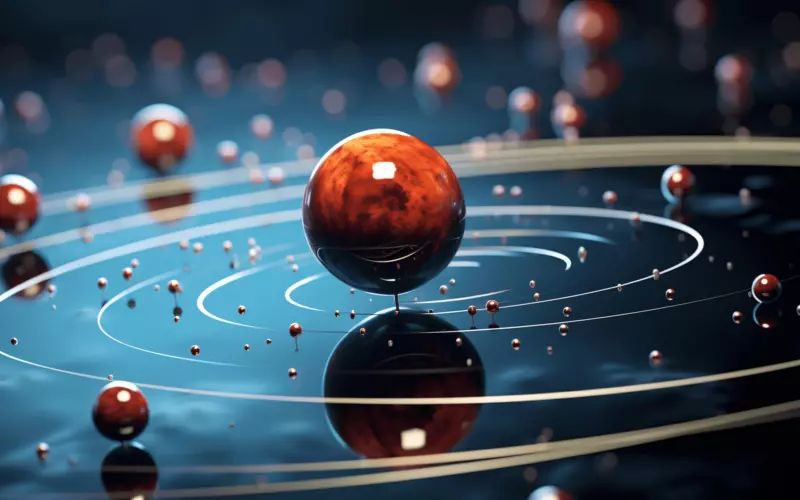The weapon generates a white-hot fireball that lasts 15 times longer than TNT’s fleeting flash.
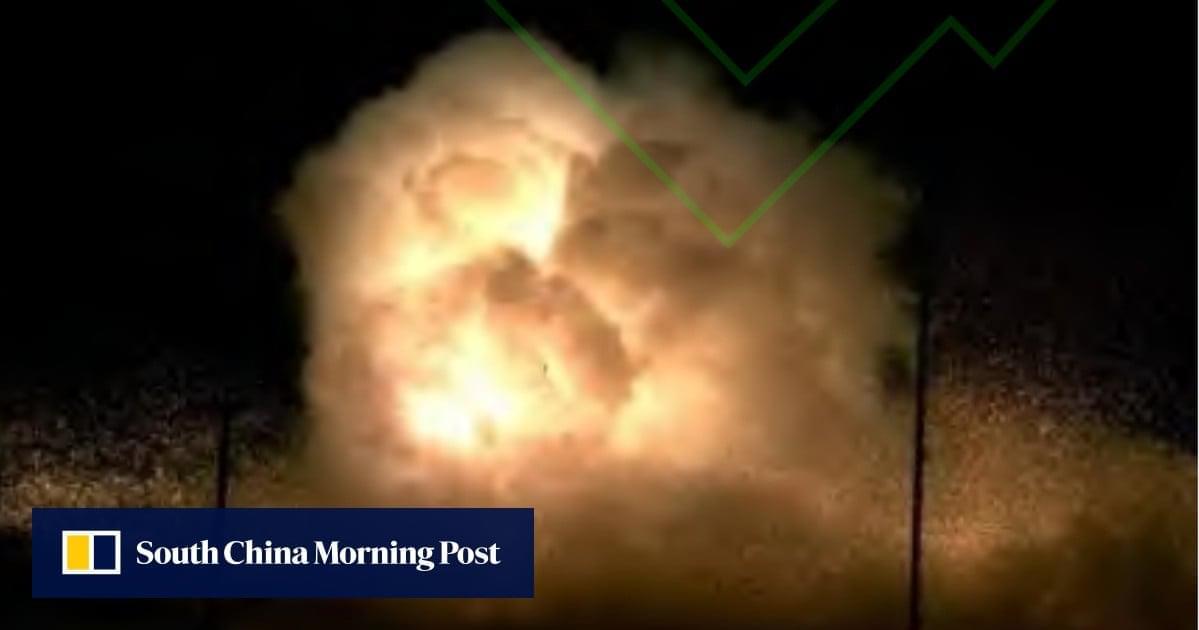

Non-personalized content and ads are influenced by things like the content you’re currently viewing and your location (ad serving is based on general location). Personalized content and ads can also include things like video recommendations, a customized YouTube homepage, and tailored ads based on past activity, like the videos you watch and the things you search for on YouTube. We also use cookies and data to tailor the experience to be age-appropriate, if relevant.
Select “More options” to see additional information, including details about managing your privacy settings. You can also visit g.co/privacytools at any time.
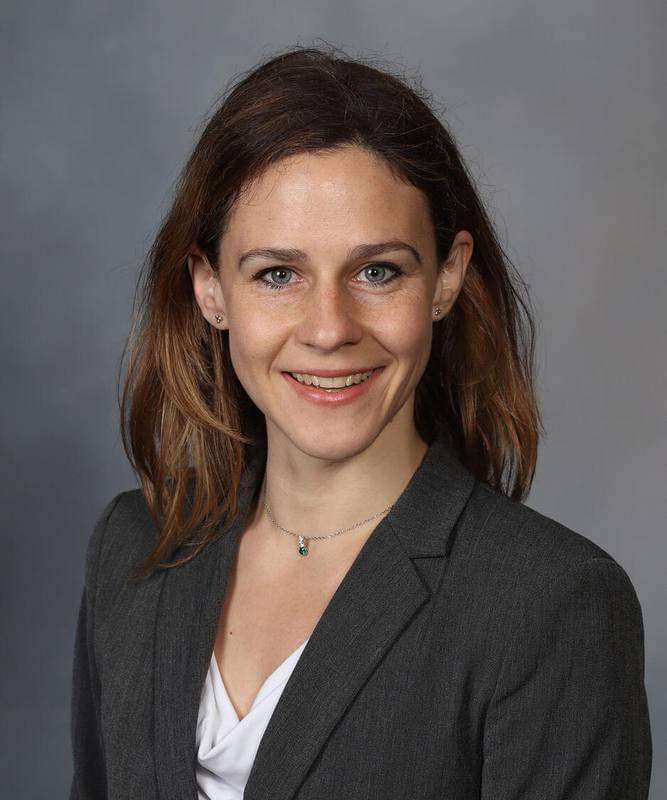
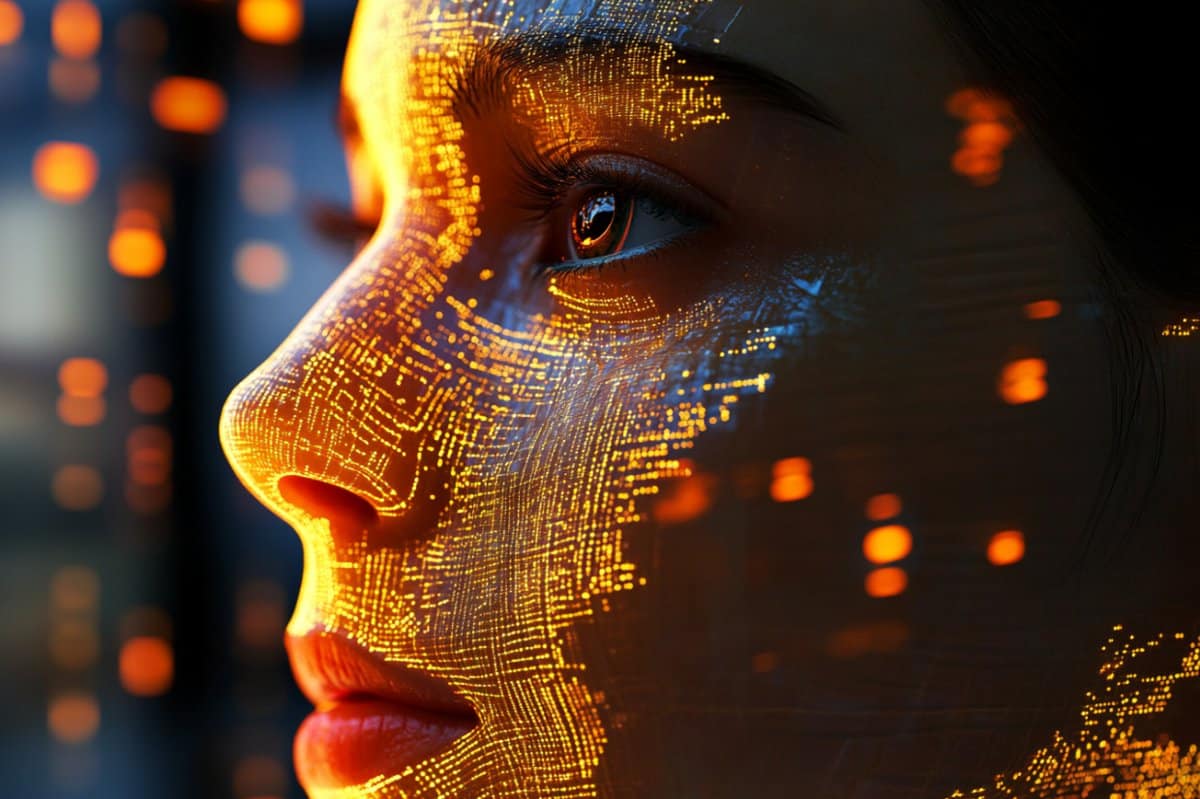
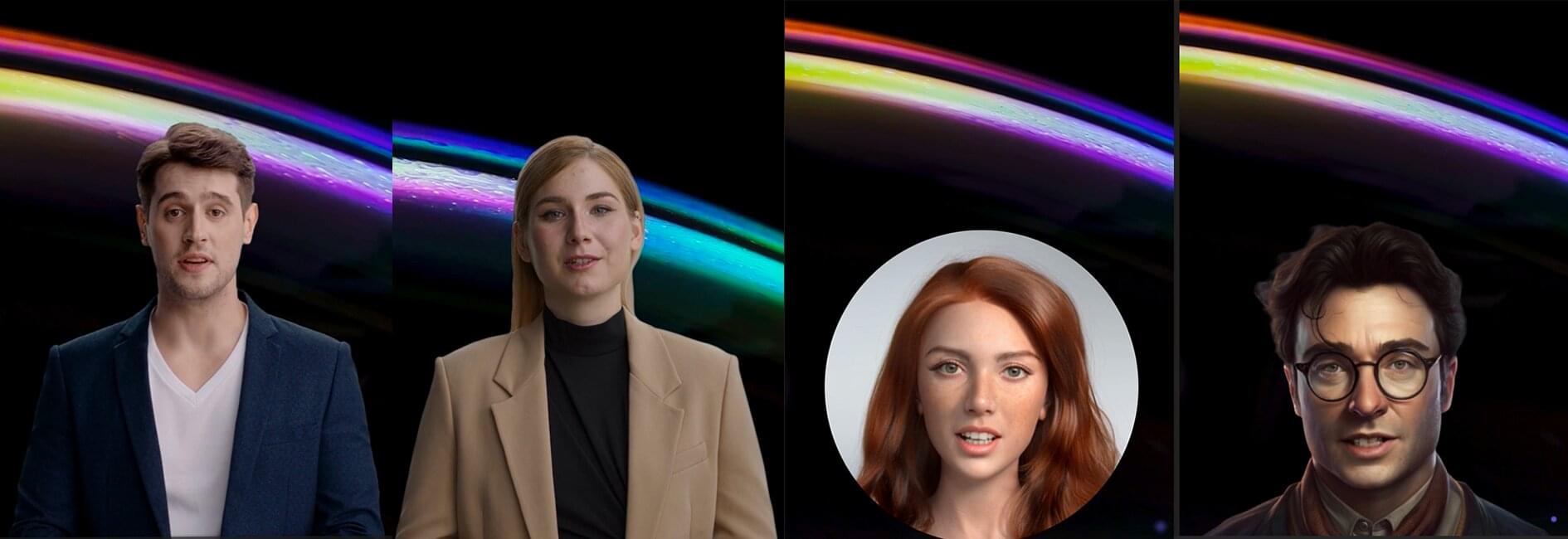
On TikTok there are exceptional “testimonials” like Nikola Tesla or Marie Curie delivering short science-related messages that have garnered millions of views. This is just one of many examples where AI-generated avatars are used to communicate science—a strategy that might also have its drawbacks.
The generation of images and animations through artificial intelligence is a rapidly growing field, constantly improving in quality. Yet many avatars, though realistic, still present minor flaws—glitches, delays, inconsistent facial expressions or lip-syncing—sometimes barely noticeable, but still easily picked up by a human observer.
Jasmin Baake, researcher at the Center for Advanced Internet Studies (CAIS), Bochum, Germany, and the other authors of a study in the Journal of Science Communication realized that these avatars could trigger a phenomenon known in cognitive science as the “uncanny valley.”
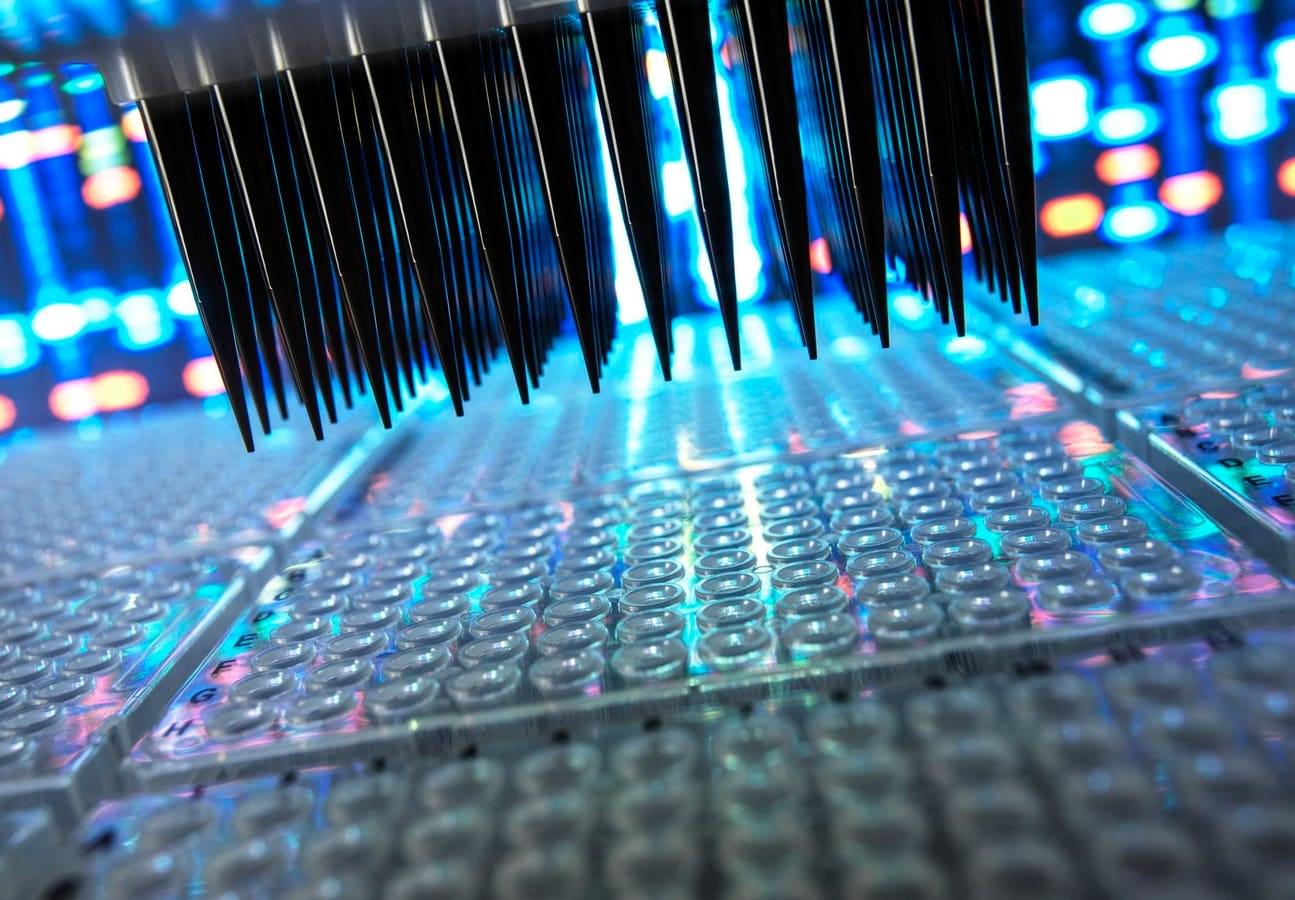
Subscribe for exclusive content at https://lawrencekrauss.substack.com/
Learn more and support the foundation at https://originsproject.org/
Connect with Sabine:
https://www.youtube.com/channel/UC1yNl2E66ZzKApQdRuTQ4tw.
https://www.instagram.com/sciencewtg/
Connect with Lawrence:
https://www.youtube.com/@lkrauss1
Tweets by LKrauss1
https://www.instagram.com/lkrauss1/
A note from Lawrence:
I’m excited to announce the third episode of our new series, What’s New in Science, co-hosted by Sabine Hossenfelder. Once again, Sabine and I each brought a few recent science stories to the table, and we took turns introducing them before diving into thoughtful discussions. It’s a format that continues to spark engaging exchanges, and based on the feedback we’ve received, it’s resonating well with listeners.
This time, we covered a wide range of intriguing topics. We began with the latest buzz from the Dark Energy Spectroscopic Instrument suggesting that dark energy might be changing over time. I remain skeptical, but the possibility alone is worth a closer look. We followed that with results from the Euclid space telescope, which has already identified nearly 500 strong gravitational lensing candidates—an impressive yield from just the early data.
Our minds are not hard-wired by age 18. They are changeable through our lives. Hear from people whose brains have changed to overcome disabilities.
Find us on social media!
X: https://ow.ly/FZBj50StcJb.
FB: https://ow.ly/1J7y50StcFW
TikTok: https://ow.ly/XmLR50StcKY
X (formerly Twitter)
MagellanTV Documentaries (@MagellanTVDocs) on X
The premiere documentary streaming platform for the lifelong learners out there.
Log into Facebook.
Log into Facebook to start sharing and connecting with your friends, family, and people you know.
